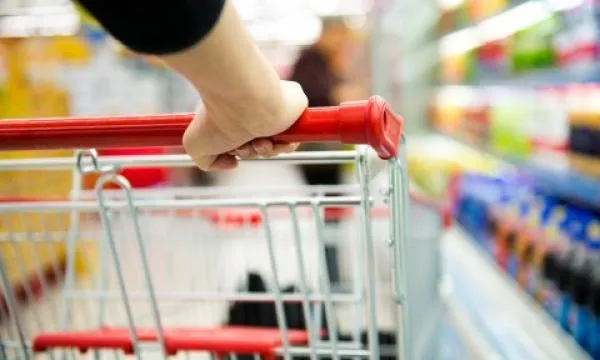
Traditional groceries remain critical in China's rural areas: report
Nearly half of China’s grocery sales go through traditional trade.
Despite the rapid growth in China’s online grocery channel, traditional groceries is still expected to remain critical for providing food security in rural areas and many smaller cities in the country, a report from IGD revealed.
With 45% of the total population living in rural areas, nearly half or 48% of grocery sales in China currently go through traditional trade as of 2020. This includes wet markets, fishmongers and butchers.
As the market continues to mature, traditional trade is expected to lose share slowly to modern trade over time. The online channel is projected to grow at a compound annual growth rate (CAGR) of 22.3%. Its value will almost double, up by 49.7% between 2020-2022.
This online segment is expected to see the biggest market share increase of all channels. “Alibaba and JD.com are leading the development of unlocking growth potential in underserved cities. Market share will increase from 6.9% in 2020 to 9.2% in 2022,” IGD’s senior retail analyst Jiong-Jiong Yu commented.
China’s grocery market is projected to reach a total value of $1.62t (CNY11.4t) by 2022. With GDP growth ahead of inflation, the economic growth in China has been, and is expected to be, driven by real increase in output rather than rising prices.
The market is projected to see a CAGR of 5.8% from 2020 to 2022, ahead of South Korea and Japan, but slower than India, Vietnam and the Philippines. “The growth of China’s grocery market is forecast to remain robust in the next two years but slightly lower than historical levels,” Yu said.
Hypermarkets are expected to continue to face challenges from online and smaller store formats, with market share declining from 20% to 18.2% by 2022.
Meanwhile, supermarkets could strengthen their position in the market, with the channel reaching a market share of 17.5% in two years’ time. Convenience is also expected to see market share growth, up from 7.8% in 2020 to 8.8% in 2022.



















 Advertise
Advertise


